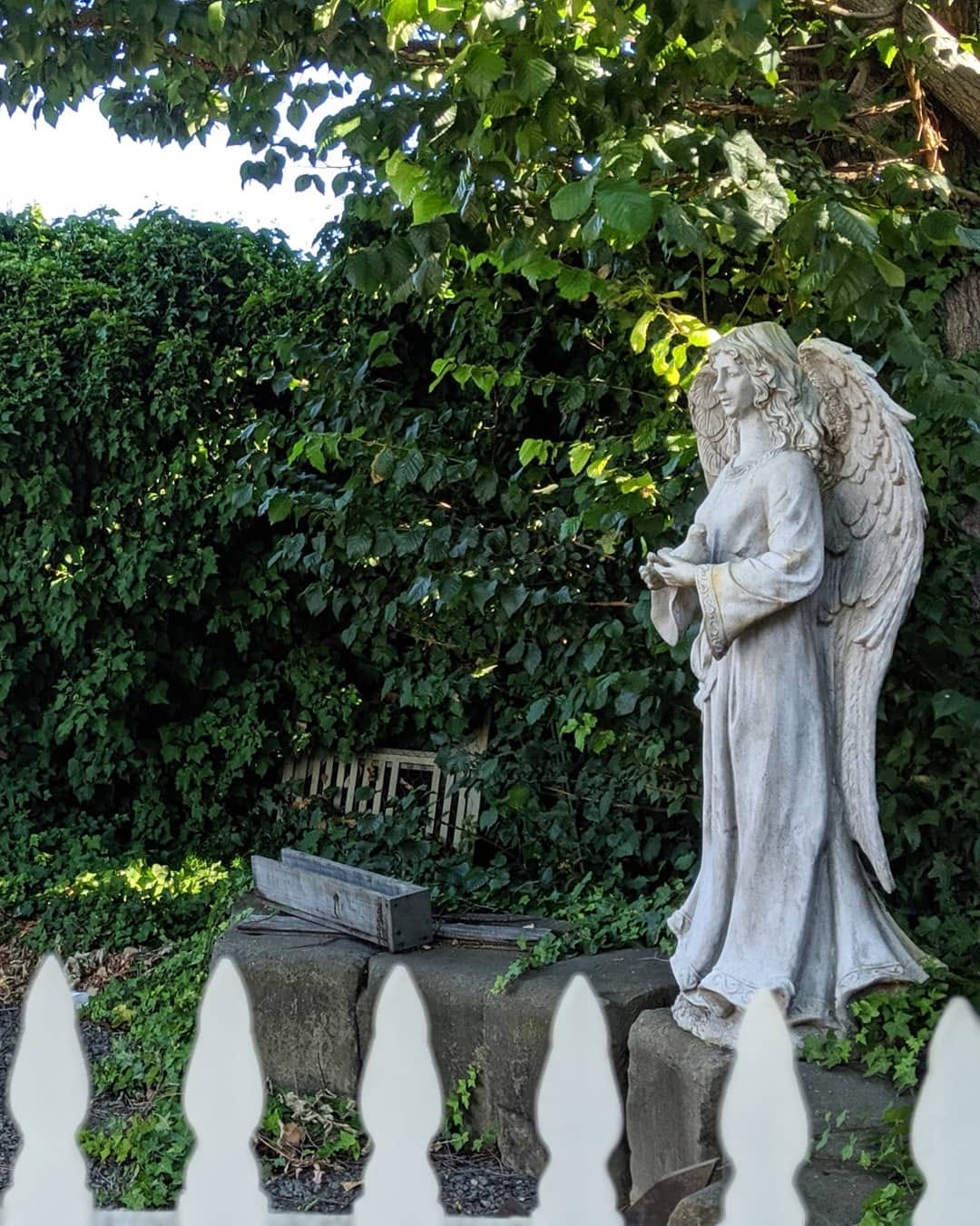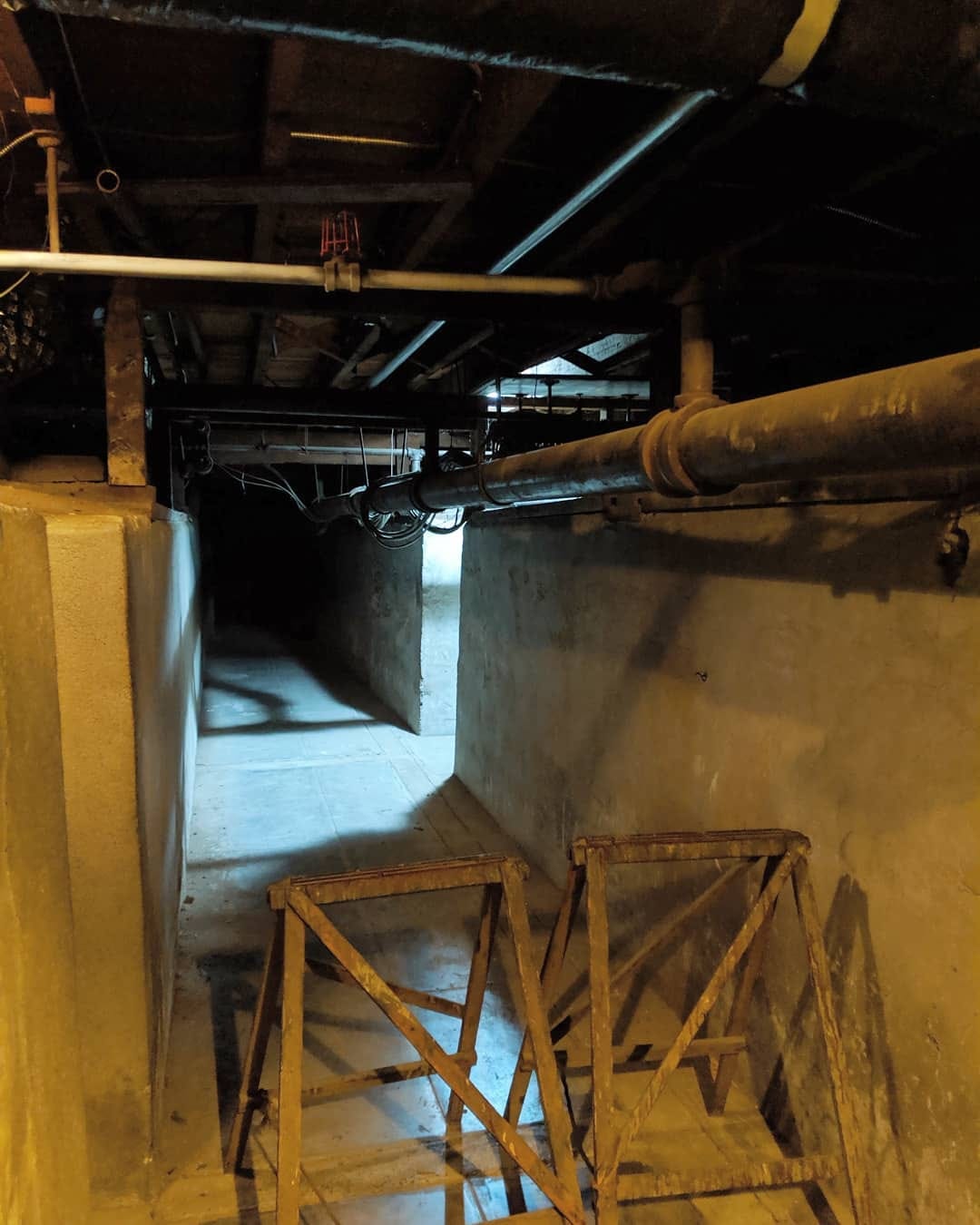Sarah Winchester and the Winchester Mystery House
A brief history of Sarah Winchester and the strange house she built.
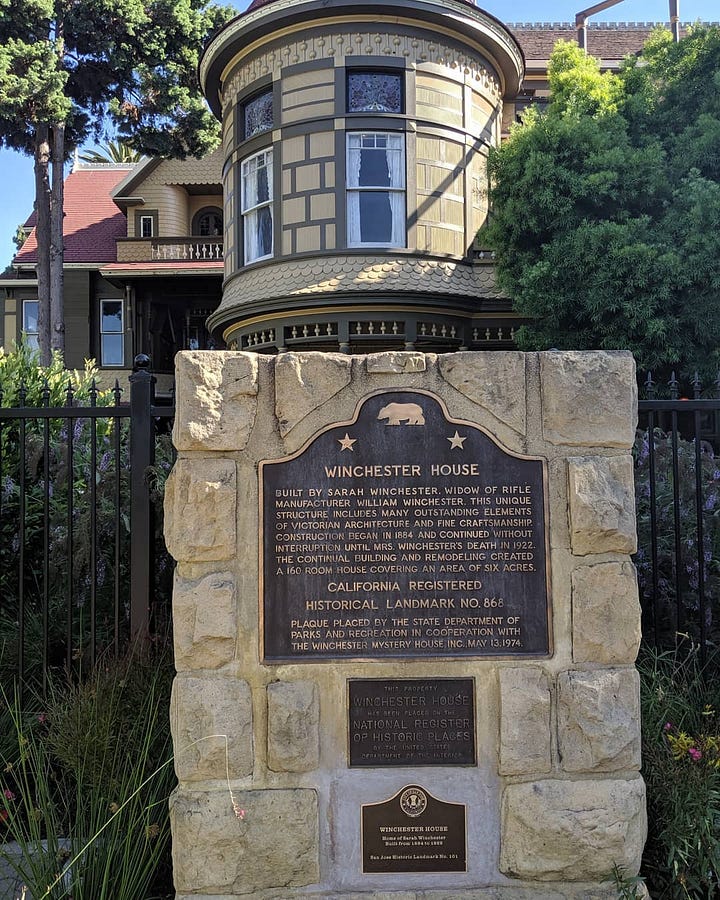
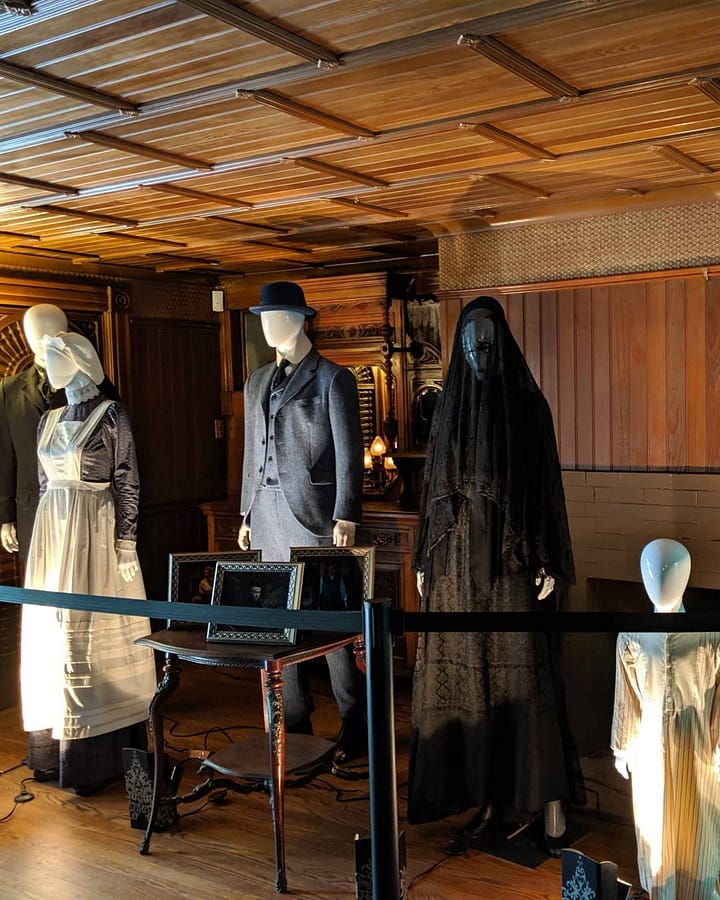
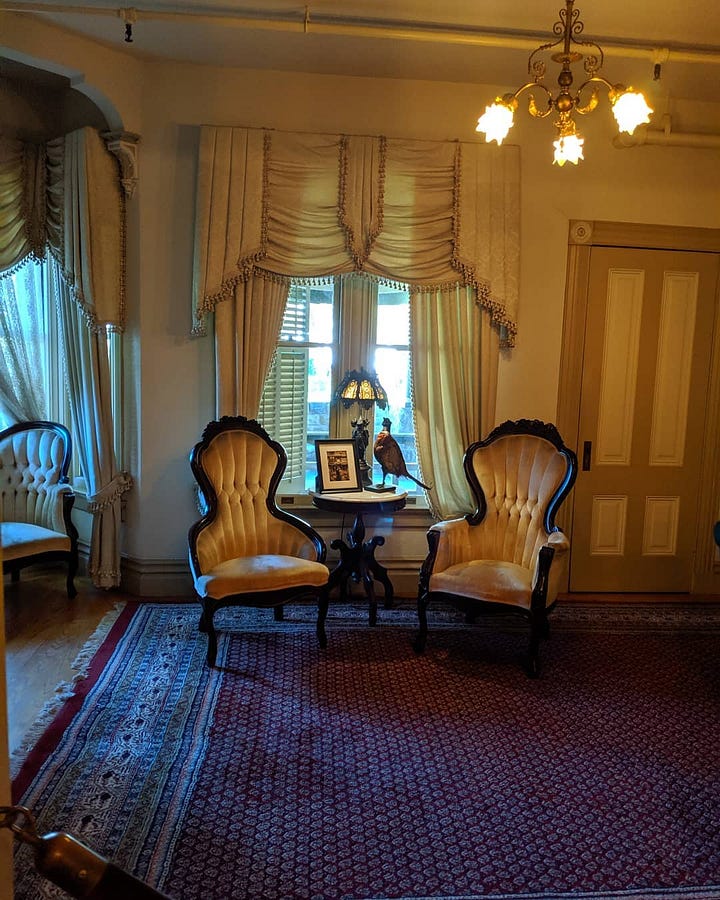
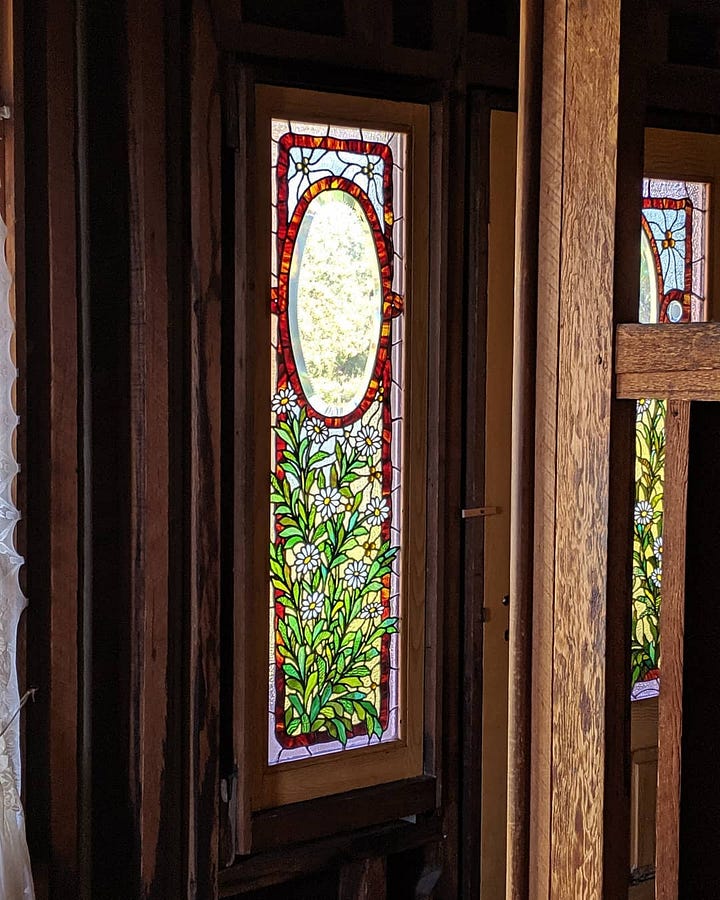
Sarah was born in New Haven, Connecticut in 1839 (although some sources note that she was born in 1840) and was originally named Sarah Lockwood Pardee. Her father, Leonard Pardee, managed the City Bathing House until he became a successful carpenter. Leonard Pardee was considered progressive then, and often held court with other abolitionists.


Sarah was very bright and learned four languages in school, she also showed proficiency in musical composition, maths, and sciences. She only grew to be 4’10’’ and weighed about 95 lbs. On September 30, 1862, she married William Winchester, also from New Haven. The pair had likely known each other since childhood.
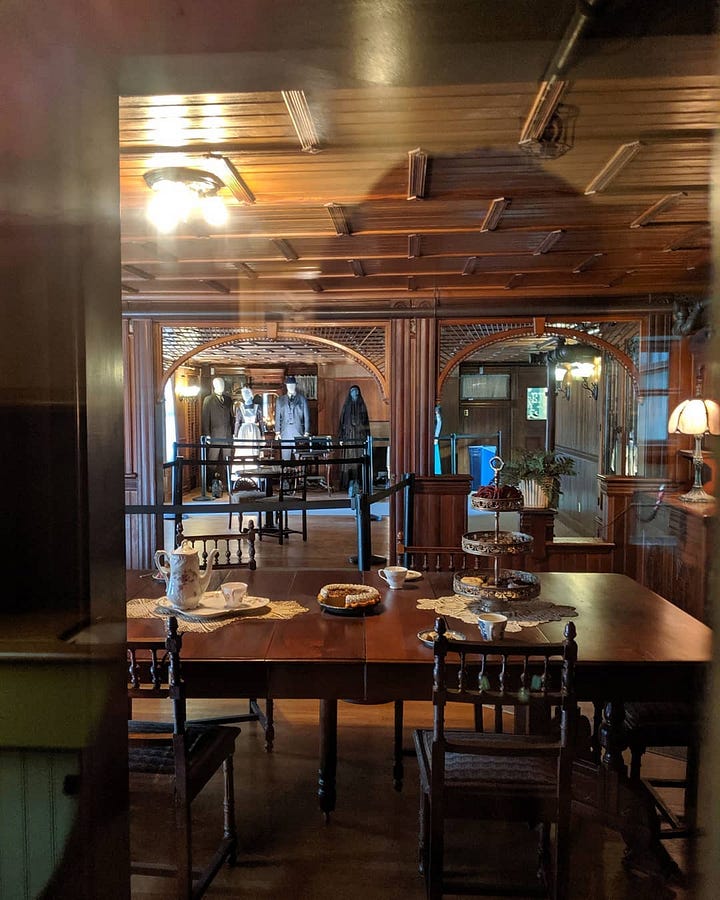

William’s father Oliver was the co-owner of the Winchester-Davies Shirt Manufactory. Oliver wanted William to take over the factory and William had a significant interest in the shirt company. However, Oliver was also interested in firearms and he took over the Volcanic Arms Company and eventually established the Winchester Repeating Arms Company in 1866. William then sold his interest in the shirt company and became the secretary of the Winchester Repeating Arms Company. The company became extremely successful, and the Winchester Model 73 even became known as the “gun that won the West.” 700,000 of these rifles were sold from 1873-1916. Buffalo Bill Cody, Annie Oakley, and even Theodore Roosevelt all used Winchester guns. The same year the company was started, Sarah gave birth to her only daughter Annie. However, Annie had an issue with processing calories and at only about five and a half weeks old, she passed away from malnutrition. Sarah had no children after Annie.

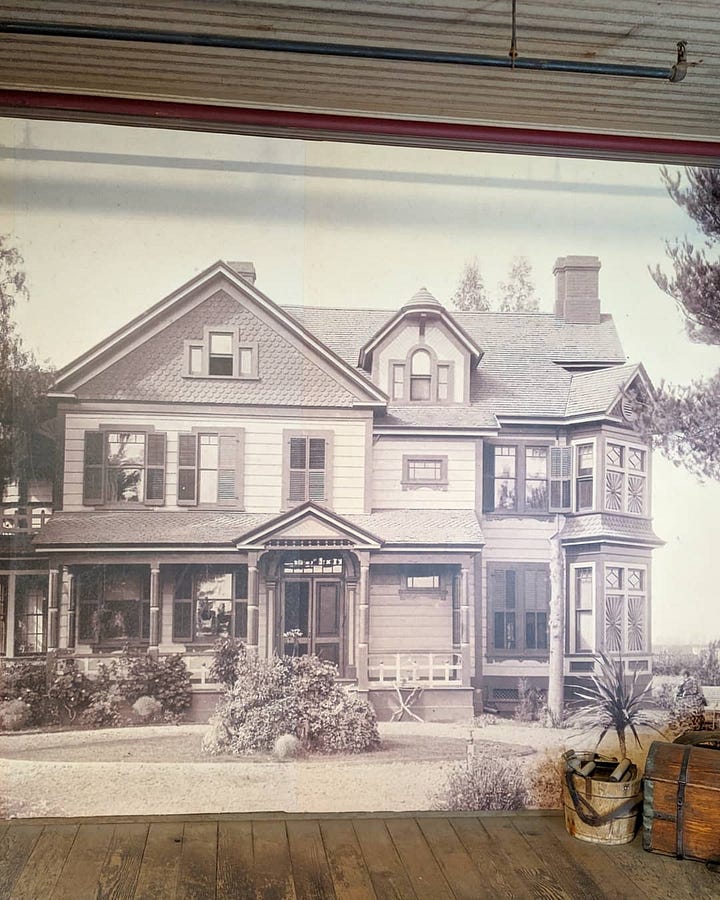
In 1881, after a long fight with Tuberculosis, William passed, only three months after his father had passed. After this, Sarah inherited about 50% of the Winchester Repeating Arms Company, which was worth approximately $20 million. Before moving to California with her sister and extended family members, Sarah started the Winchester Chest Clinic at the New Haven Yale Hospital. Five years after William’s death, she bought a 40-acre plot in San Jose, California. This plot already had an eight-bedroom farmhouse on it. Over the next 20 years, at a cost totaling around $5 million at the time, $71 million in today’s money, the farmhouse would reach between 160-200 rooms and 24,000 square feet. The expansion would slow after the large earthquake that hit the Bay Area in 1906, as it damaged much of the house, toppling a 7-story tower and some of the upper floors of the mansion. Sarah would spend most of her final two decades alive at another property she owned in Atherton, somewhat leaving the mansion in a bit of disrepair. Shortly before her death, Sarah moved back to the mansion and began to stay there more often, eventually passing from congestive heart failure in her sleep in the house on September 5th, 1922.
After her death, in 1923, the mansion was sold to John and Mayme Brown. The couple were originally planning to turn the property into an amusement park, but after realizing the continued interest in the mysterious property, they decided to begin doing tours instead to preserve Sarah’s house and keep it the same. Mayme was the first tour guide the house would have and she continued to lead tours until she passed.
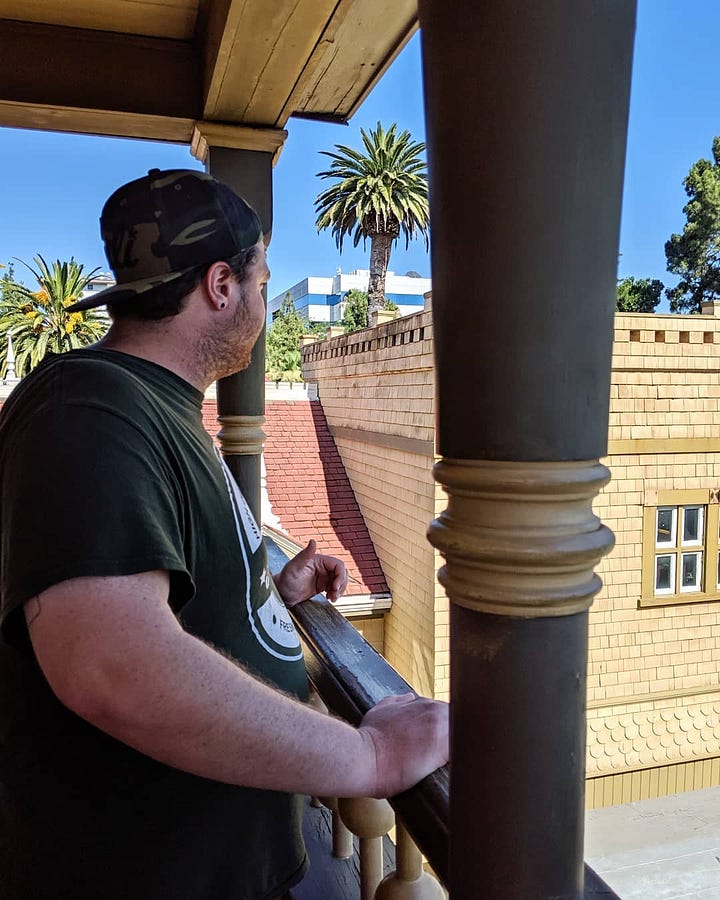
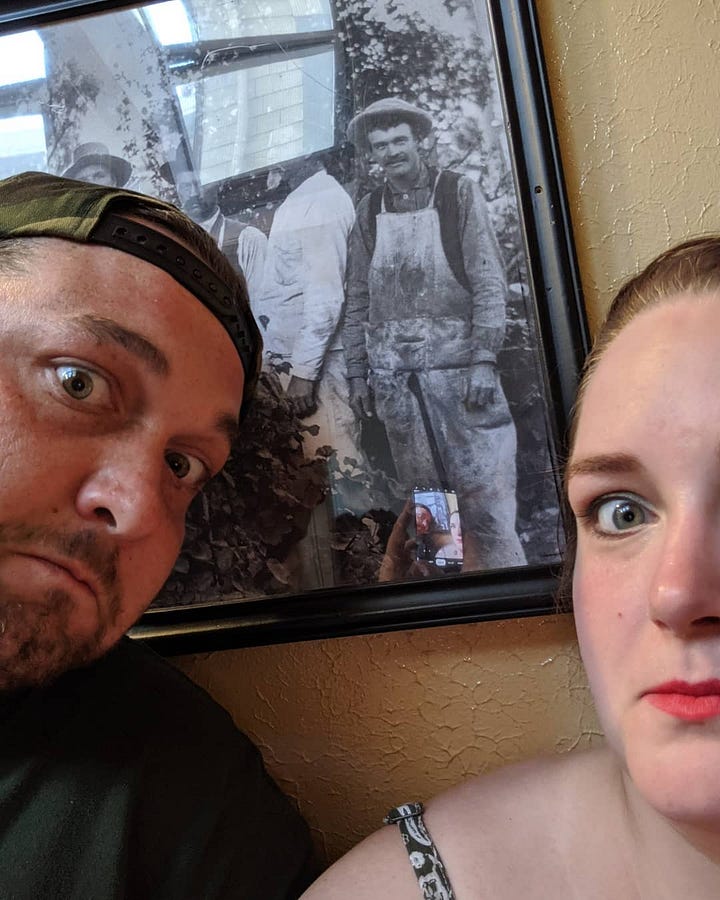


As for the reason Sarah built such a mysterious and confusing house, the reasons are a bit hazy. Because of the reclusiveness Sarah portrayed her whole life, refusing to speak to the press and also not socializing with other wealthy individuals in the area, the press let the theories about her expanding house run wild and perpetuated the mystery to go with it. However, if you look into the research, while Sarah was reclusive, she was largely “normal” compared to other wealthy women. Spiritualism was extremely common at this time and public seances would sometimes be held weekly. Sarah isn’t documented to have attended these but it can also be understandable that she wanted to do these activities on her own. People also speculated that she had seen a medium before leaving for California, and it is believed that the medium told her that if she didn’t move west and buy a mansion and continuously build on it, the spirits that were lost to the guns produced by her family would haunt and torment her forever, perhaps even kill her. Some people believed that she thought the death of her husband and child was karmic retribution by those spirits as well. But there isn’t a lot of hard evidence to point to this as a motive.
A history teacher by the name of Mary Jo Ignoffo researched Sarah deeply and believes that the motive for moving out to California was actually that one of her sisters was deciding to move to Oakland, along with the fact that Sarah’s doctor told her that she should move to warmer climates and would be better for her health (severe arthritis, which accounts for the very short steps) and for her grief. This is also proven by the fact that many of Sarah’s family moved to California at the same time and Sarah took this as a reason to move there as well, knowing that she didn’t have much family left. There is also a large belief that Sarah never halted construction, but there is proof in correspondence that Sarah wrote that she did stop for long periods. People were also confused by things like doorways that went nowhere or by stairs that seemingly led to the ceiling, but some of these were explained by Sarah closing off sections of the house that were damaged by the earthquakes. Ignoffo also found no evidence that any of the workers thought Sarah was crazy, or that she was communicating with the dead. Even if she was taking part in seances, they were not abnormal for the time, which was well-known for its spiritualism.
Another point that Ignoffo made was that if Sarah really felt guilt about the deaths of those killed with Winchester guns, she could have been less involved with the company after her husband’s passing, but instead, she was an active member of the company’s board and kept her stake in the company. Before moving out to California, she showed an extreme interest in architecture and Ignoffo believed she was using the house to practice different ways to alter the house and explore this interest.
The house has 24,000 square feet, 160 rooms, and at one point had up to 200 rooms. It holds 10,000 windows, 2,000 doors, 47 staircases, 17 chimneys, and 13 bathrooms. After conversion for inflation, the house would have cost around $71 million to build in today’s money. At one point the house was the largest in the United States. At another point, it was the most expensive house in the United States to build. There were shifts of 16 carpenters, all of which were paid three times the going rate. Sarah would sketch additions on napkins or brown paper for those to be built next, but they would just be plastered over sometimes within days. In 1975, workers at the house found a room that only contained two chairs, a speaker for an old phonograph, and a latched door with a 1910 lock on it. It appeared as though Sarah had just forgotten about it.
Some of the notable areas of the house are the switchback stairs, which have very short, narrow steps, the gardens, the stables, the “door to nowhere,” the “stairs to nowhere,” the crystal bedroom, the greenhouse, and the Seance room.
Sources:
All pictures are taken by me except for the last two pictures (door to nowhere and pointing at the statue), which were taken by Chandra Deal, may she rest in peace.



